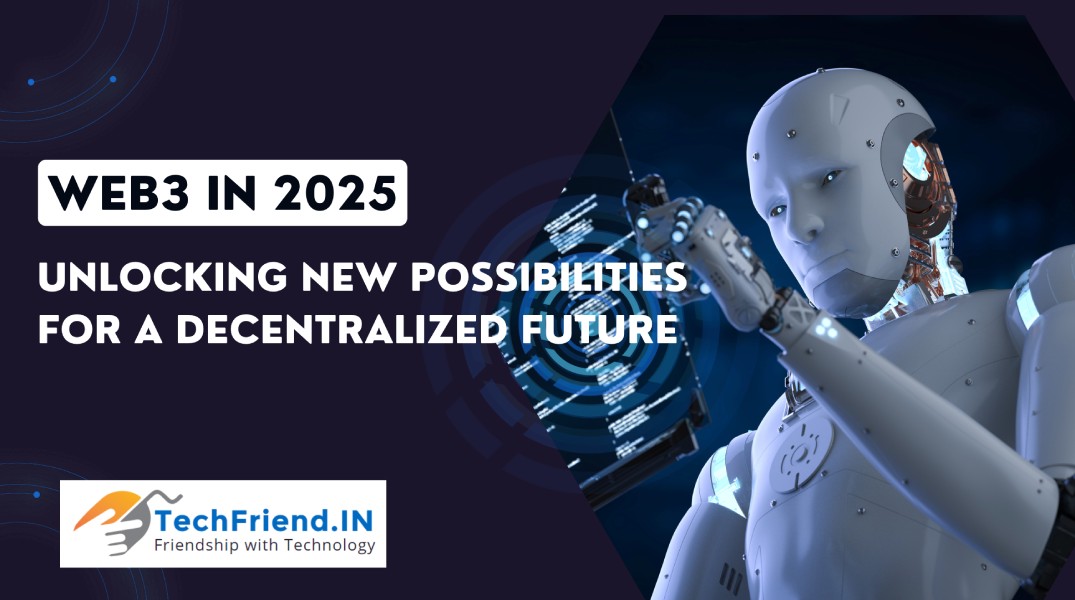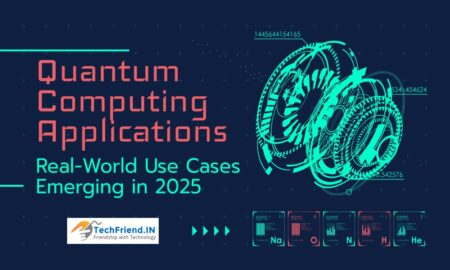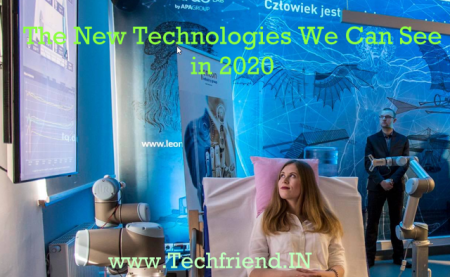Overview of Web3 in 2025

We analyze what Web3 will look like in 2025 and how these changes will affect people who use and build on the platform.
Key Trends and Innovations
Decentralized Identity Systems
The biggest progress in Web3 comes through the development of decentralized identity systems. The system gives users complete authority over their digital identities while operating independently from both social site systems and government records. By 2025 we anticipate decentralized identifiers and verifiable credentials will become standard as users authenticate themselves securely across multiple platforms without compromising their privacy.
Decentralized identity solutions address the growing threat of identity theft and data breaches that exist in Web2 systems. Users will maintain their personal information in protected digital wallets that let them choose who gets access to their data. The move towards this technology improves how private users stay while building confidence in online activities.
Rise of Decentralized Autonomous Organizations (DAOs)
Web3 brings forward Decentralized Autonomous Organizations (DAOs) as an important evolution in digital systems. Smart contracts on the blockchain enable DAOs to run as self-governing organizations where members own and control operations. We predict that DAOs will become the standard way to manage organizations throughout different industries by 2025.
Through DAOs participants can cast votes on different proposals and distribute resources following what the entire group considers best. Blockchain technology makes governing systems more open by preserving all decisions and transactions permanently on the blockchain ledger. People’s increasing interest in decentralized decision-making means DAOs will redefine organizational frameworks.
Enhanced User Security
Web3 technology will provide stronger security solutions for the digital world than any platform has done before. We predict that 2025 will bring smart security solutions that make asset protection and identity shielding more accessible to users. Over time digital security systems will integrate common features such as biometric authentication methods and decentralized encryption paired with multi-signature wallets to enhance personal data protection.
As Web3 platforms gain traction their anonymous systems lead regulators to raise concerns about possible criminal activities including money laundering and fraud. As Web3 grows we must find the right solution between protecting user data and following government rules.
Transformative Software Development
The adoption of Web3 technology is changing how we develop software today. We predict developers will adopt open-source methods in 2025 by focusing on shared work and open visibility. Developers will produce decentralized apps using blockchain technology to enable peer-to-peer user interactions without needing intermediaries.
The development system promotes fresh thinking and gives users real power to help create content they find meaningful. User needs and interests will drive a wave of community-based initiatives that aim to deliver better experiences through collaborative development.
Integration of Smart Contracts
Smart contracts represent the essential building block of Web3 by running automated contractual processes through blockchain technology. By 2025 smart contracts will develop advanced functions that enable users, applications, and services to work together more effectively. These digital agreements work without outside parties to lower expenses and speed up business transactions.
The financial industry benefits from smart contracts that automate lending transactions, insurance processing, and asset control to improve system efficiency and user reliability. Smart contracts will spread across different industries as they discover their benefits leading to enhanced DeFi growth and new technological innovations.
Also read: What is the future of various cryptocurrencies?
Interoperability Across Platforms
The future of Web3 depends on connecting all blockchain systems and decentralized services with each other. By 2025 we expect cross-chain communication protocols to advance so users can easily transfer their assets and data across different platforms.
Interoperability enhancements will give users the ability to use services beyond their current platform restrictions. People can simply transfer their blockchain holdings between networks while accessing multiple DeFi services with ease. Web3 will build a digital environment where users can move freely between different services. This will make the internet easier to use for everyone. Web3 technology will connect all digital experiences into one seamless system.
Decentralized Finance (DeFi) Evolution
The DeFi sector shows rapid growth today and will achieve greater success in 2025. Financial platforms will develop advanced DeFi solutions that let users manage lending and borrowing in addition to trading and earning yield-farming returns without relying on traditional bank systems.
The growing DeFi system enables users to earn money passively through different protocols without giving up their asset control. The addition of modern risk tools and safeguards will help users feel secure about using DeFi networks.
Sustainable and Eco-Friendly Practices
Web3 developers work on developing eco-friendly blockchain solutions today because people question how blockchain technology affects the environment. By 2025 we predict blockchain networks will adopt proof-of-stake (PoS) consensus methods to minimize energy usage compared to proof-of-work (PoW) systems.
Users want to support projects that care about their environmental impact so initiatives with strong sustainability values will find more success. Web3 will define itself through its relationship between technology and sustainable solutions that affect multiple industries.
Conclusion
By 2025 Web3 will enable users to experience a decentralized network where they have more control and better security through modern management systems. Our experience with digital technology now extends beyond simple tech progress to transform online behavior.
The future of Web3 combines decentralized identity systems with DAOs alongside improved security plus innovative software development and platform compatibility plus DeFi advancement plus sustainability to create an open and user-oriented ecosystem. Moving toward a decentralized internet will create obstacles yet open new possibilities that lead to fairer digital access for everyone.
Users, developers, and businesses need to work together now to build this new digital future while keeping decentralization and user power at the forefront. We can build a digital future that represents what people across the world want by working together to make Web3 more innovative and welcoming.



